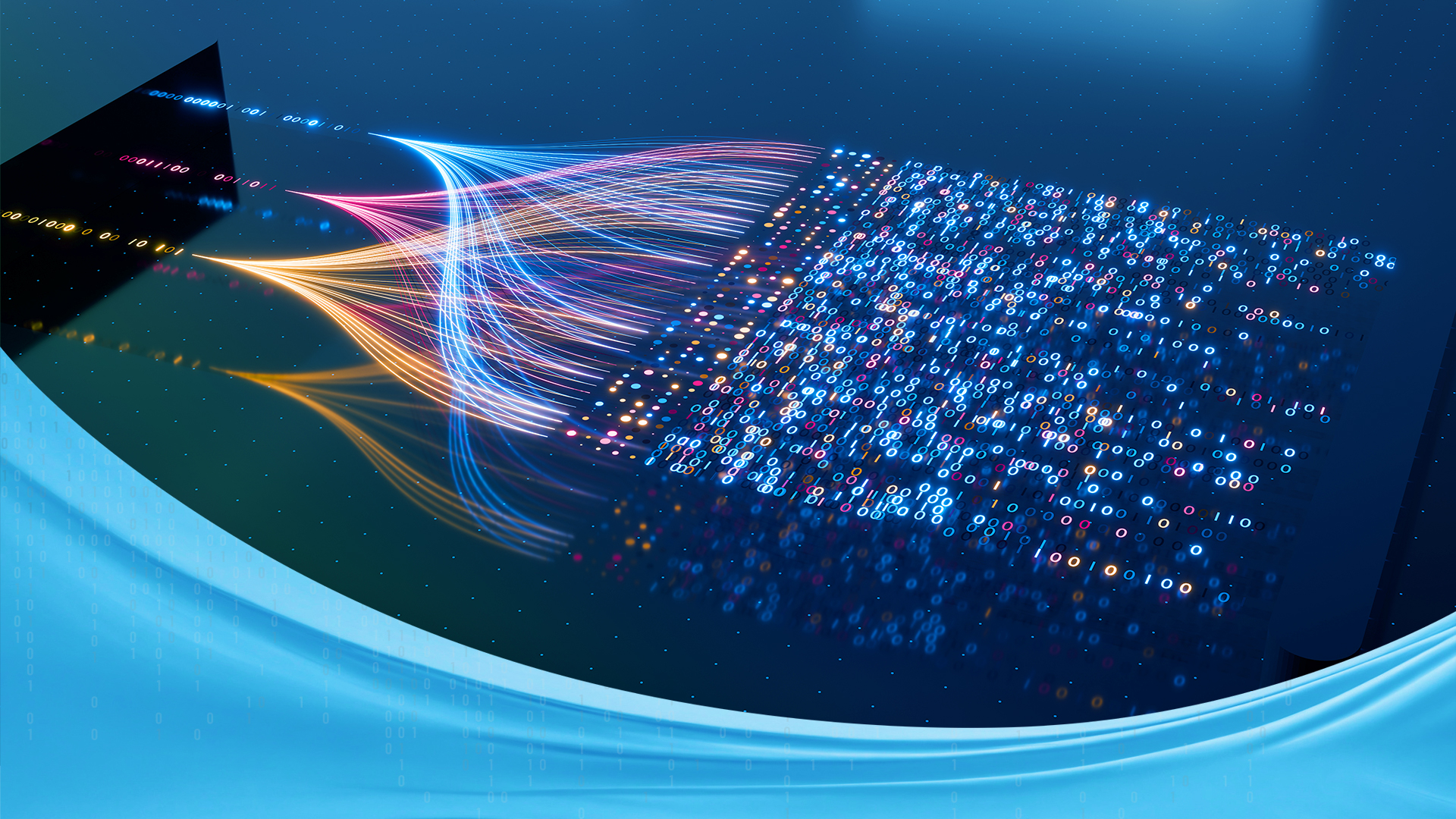Business processes in large enterprises frequently need distributed components for smooth growth and maintenance—and, so, the development of good connections and communication between such components is crucial.
This is where event-driven architecture plays a crucial role.
How?
Read on to find out…
What Is ‘An Event’?
Let’s get the basics out of the way first: An event is defined as “something that occurred or a substantial change in the state.” Events are immutable, meaning they cannot be modified or deleted, and they are sorted in the order in which they occur.
What Is Event-Driven Architecture?
Application development is centered around publishing and responding to events in event-driven architecture (EDA). Event-driven integrations are initiated by an event in one system and cause a specific equal event in another system.
EDA is widely used in several modern applications created employing microservices. The real-time, loosely coupled architecture of publishers, event brokers, and consumers is the main emphasis of EDA, making business value the main attraction.
What Are the Benefits of EDA?
The architecture of event-driven integration consists of highly decoupled, dedicated event-processing components that asynchronously accept and process events.
A particular event activates and interacts with several microservices or end systems. Data that satisfies criteria may be filtered using EDA, easing the burden on integration systems.
Further benefits:
- Resilience. Event-driven design improves performance and scope by reducing application dependencies. A specific service can independently resume after failing or retrieve events and replay those events if necessary. If, for example, an application receives a high volume of requests, the extra requests may be held in the queue to ensure no data is lost. In this way, if an event occurs in a clustered environment and is not acknowledged by an application because of unavailability or downtime, it will still be accessible for processing by other servers to prevent event loss.
- Loose Coupling. Monolithic design lacks granularity and scale due to tight coupling. Monolithic architecture leads to slower problem resolution and can even cause the entire program to fail. Because microservices offer loose coupling, scalability, and granularity, they are better equipped to address the challenges of monolithic design.
Given the close relationship between event-driven architecture and microservices, we may gain the advantages of adopting microservice architecture by employing an API-led connection strategy.
Three distinct benefits of loose coupling are scalability, consistency, and fault tolerance.
Let’s examine these more closely.
- Scalability. Because microservices are isolated from one another, any adjustments or enhancements can scale easily. Further, additional features can be added to create an application network. EDA allows for the decoupling of the producer and consumer, which makes autonomous scaling, updating, and deployment possible. If there is a large data load or amount of traffic services can easily be scaled with loose coupling. Additionally, we can modify our applications to include or remove functionality.
- Consistency. Although EDA contains microservices that operate in isolation from one another, it is expected that the data in all systems will be consistent. With EDA, it is easier to accomplish this than with the conventional monolithic design.The message broker serves as the only point of contact in EDA. Every message is kept in the queue, which means there is consistency between the end systems. Different microservices respond to an event via a message broker—the center of EDA, ensuring all events are consistent and that data is transmitted effectively.
- Fault Tolerance. Messages are stored in queues so that consumer services may access them from a single source. If there is an outage, the messages will be queued and handled once the consumer service is restored, ensuring that no data is lost.
Your Next Steps
EDA adds another tool to your IT architecture toolkit for developing modern systems that require scalability, robustness, and agility. It facilitates data unlocking for the creation of new data-driven platforms and collaborations. You can move to the cloud with its help. Despite certain trade-offs, the value it offers can be extremely substantial.
From maximizing current technology assets and keeping on top of the latest cybersecurity developments to facilitating cloud migration and integrating new technologies, holistic IT planning and management is critical to ensuring your hardware, software, and human resources are optimized and effective.
Let OZ place our experts and quarter-century of experience at your disposal—reach out today!



